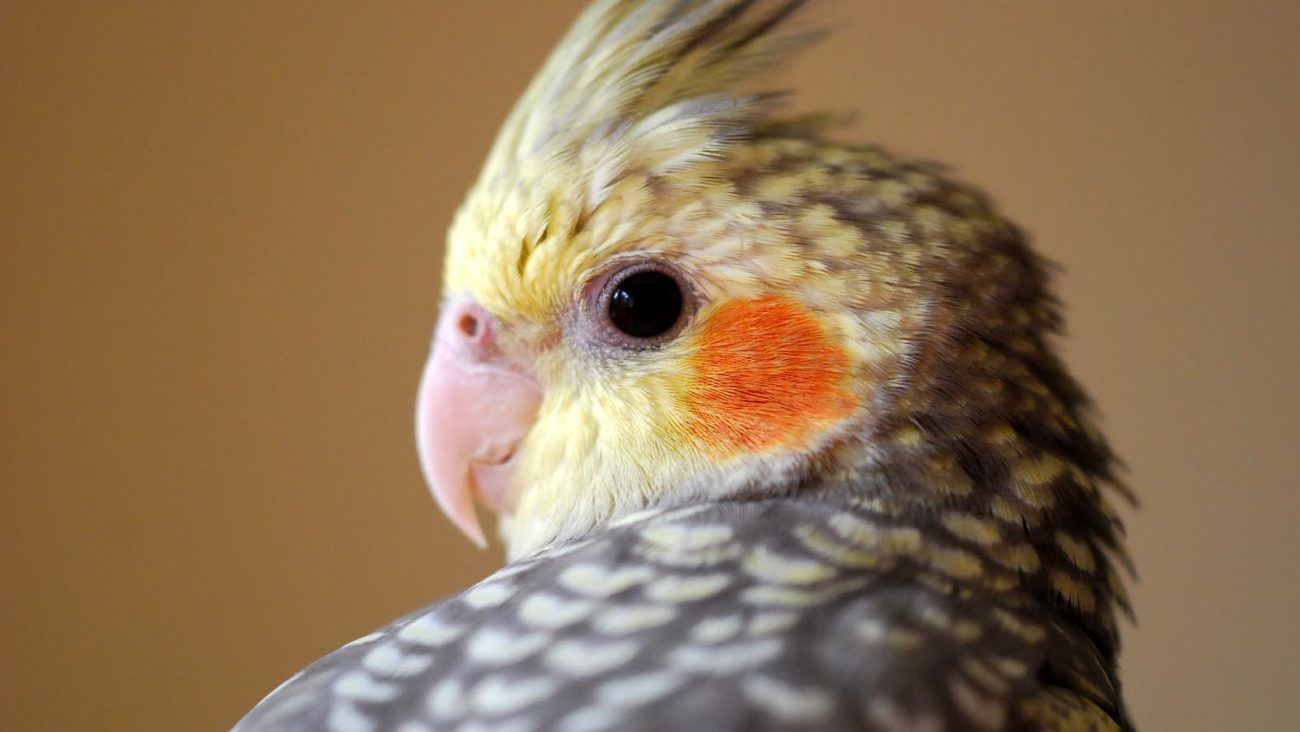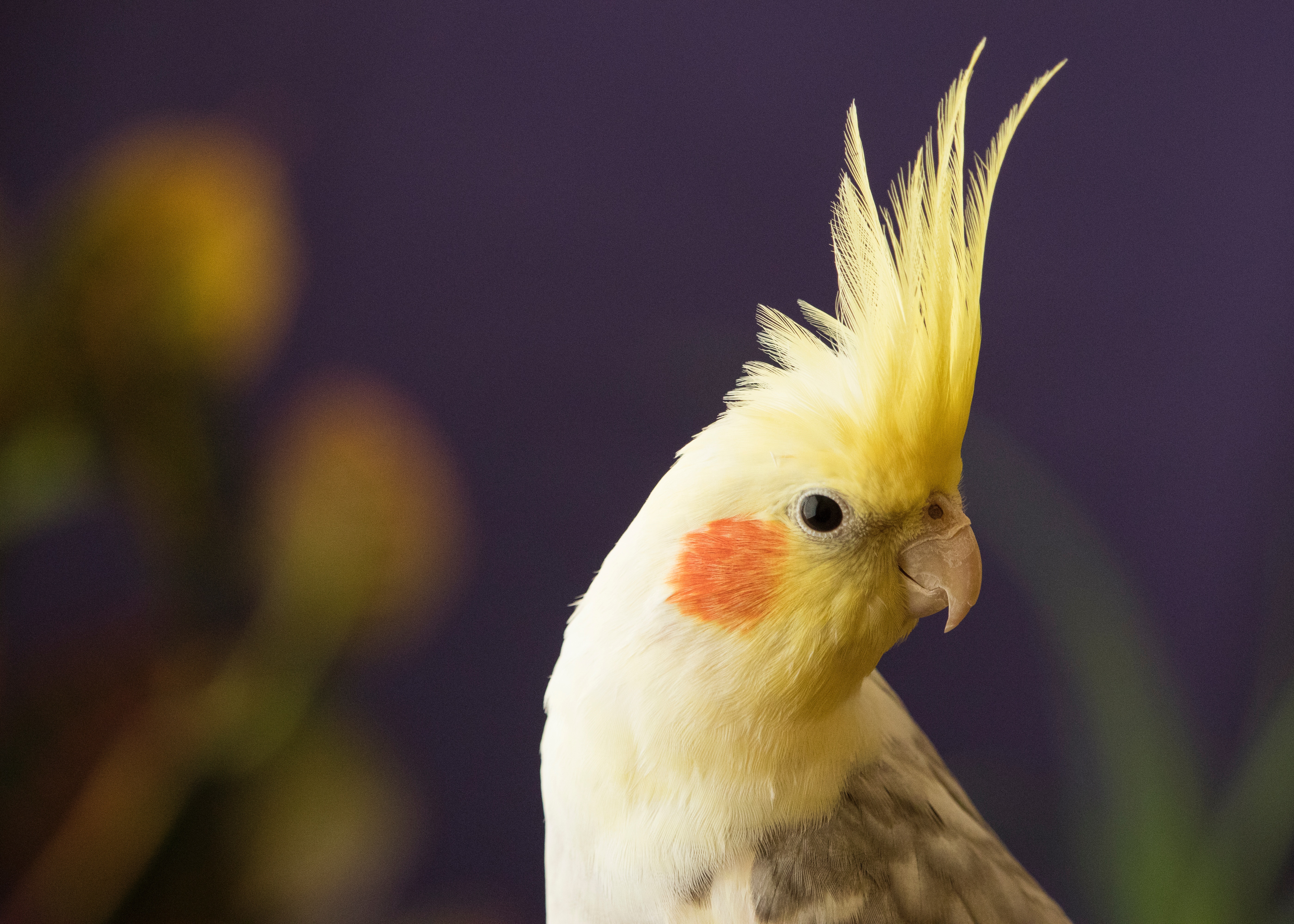Nymphicus hollandicus: get to know more about this species and Sexing of Cockato
Nymphicus hollandicus: get to know more about this species and Sexing of Cockatoos Nymphicus hollandicus Ninfa nymphs or cockatoos are also known as Carolinas. Nymphicus hollandicus is a psittaciform bird of the Cockatoo Family (Cockatoo) which is

Nymphicus hollandicus: get to know more about this species and Sexing of Cockatoos
Nymphicus hollandicus
Ninfa nymphs or cockatoos are also known as Carolinas. Nymphicus hollandicus is a psittaciform bird of the Cockatoo Family (Cockatoo) which is considered the smallest of the cockatoos. We will tell you more about it and sexing of cockatoos to determine their gender.
Features of the Species
It comes from Australia and is a domestic bird which is usually loving, docile, little noisy, elegant and easy to educate (if they are manually raised since they are young, they tend to be very social and attached to their owners). Besides,Nymphs are usually gregarious animals, so they like to live in pairs, either of their specific species or not because they do not feel alone.
They have an erectile crest and have long feathers in their tails. Its plumage is generally gray with a yellow crest and some orange spots on the “cheeks.” Males have more vivid colors than females. There are birds with more colors, like pearls, Greens, Lutino, Albinas, etc.
Sexing of Cockatoos
When they are adults, we can differentiate their gender:
- Females: they have some yellow dots under the wings and the tail has a yellow sweep.
- Males: young males can also have these yellow sweeps behind in the tail, which they lose when molting.
In general, it is difficult to differentiate the male and the simple female at first sight, the best way to distinguish is by using molecular techniques performed by a specialized laboratory, making a sexing of cockatoos.
These birds have a size of about 20 to 33 cm, they usually live up to 10 and 20 years.
Male nymphs can sing and learn to imitate some words; what they can do better is to imitate sounds, melodies, etc.
Instead, the females of this species can even sing and emulate sounds but less than males. They tend to be more loving.
The feeding of these birds must be varied. We can find their food easily. The more different seeds it contains, the healthier the nymph will grow. The seeds they eat are birdseed, wheat, oats, brown rice, buckwheat, sorghum, etc.
For example, to have a full diet, they also have to eat fruits like apples, pears, strawberries, bananas, tangerines and vegetables like carrot, cucumber, tomato, broccoli, lettuce, etc.
In addition, you can also treat them with candies, like whole sugar-free biscuits, snack for parrots, nuts (pipes, these are very good in cold time) sporadically.
To sum up, by having an appropriate diet, we will prevent our nymph from getting sick. They may seem to suffer obesity and this causes heart problems, circulatory, liver problems, etc.
Specimen of Nymphicus hollandicus. Photograph courtesy of Ursula Spaulding
Nymphicus hollandicus Mutations
Within the family Nymphicus hollandicus or cockatoos nymphs, there are some mutations that make our bird show different colors to parents and a series of traits characteristic within each mutation.
Mutations in the spices of parrots are usually caused by factors that produce changes in the color pigments of the feathers of the bird:
- Changes in melanin and carotenoid
- Structural color just occasionally (Anderson 2001).
In conclusion, remember that in BBI Laboratories we are specialized in birds sexing by DNA and diseases’ detection. Besides that, you can follow us in our social networks (Facebook, Twitter, Instagram), we share relevant information about our activity and the bird world.

